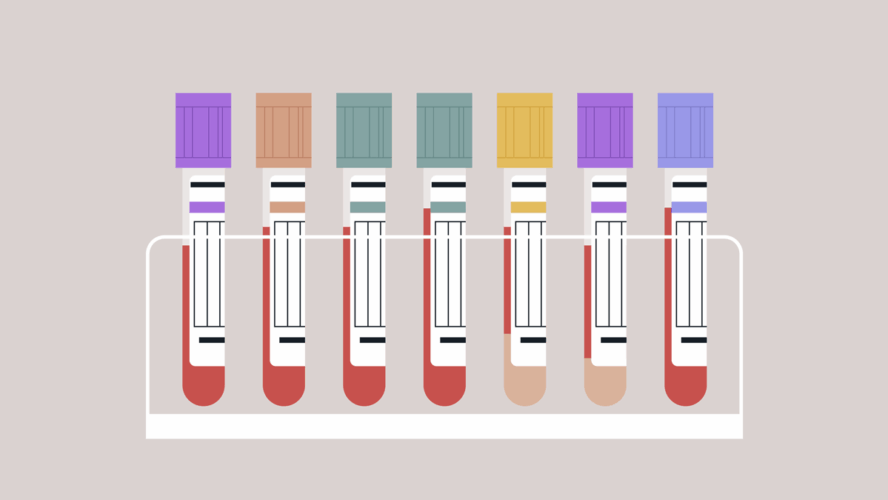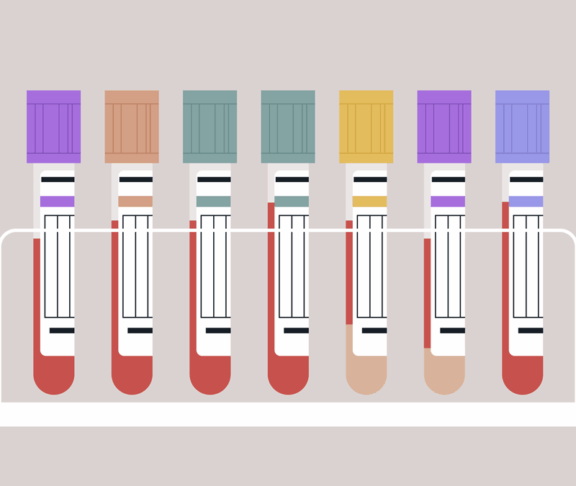
Sharon F. Terry
CEO, Genetic Alliance
Denying children a diagnosis because of where they live is unconscionable. Genomic testing must be a global right to tackle this issue.
Around the world, over 250 million people, mostly babies and children, live with undiagnosed rare genetic conditions — most of them in low-resource settings. Their suffering remains unseen, and their lives are often cut short, not only because access to diagnosis depends on geography and income, but also because treatments for these conditions have not been made a global priority. This is not a failure of science or medicine; it is a moral failure.
Available solutions for rare disease diagnosis
The technology to diagnose these children is accessible and becoming more affordable. For example, Genetic Alliance’s iHope programme offers free genome and exome sequencing to children in underserved communities, making a service once considered a privilege a fundamental right. With support from foundations and industry, iHope helps clinics in countries like Ghana, Peru and Mexico provide answers that can save lives.
In clinics where iHope operates, up to 60% of children tested receive a diagnosis.1 At the very least, this stops the psychological suffering of dealing with a disease without a name or cause. In some cases, it leads to simple treatments with incredible impact. Sometimes, the solution is as simple as removing lactose from a child’s diet or vitamin supplements. iHope proves that where infrastructure is lacking, partners with tenacity can foster innovation.
Every child, regardless of where they
are born, has a right to a diagnosis.
Genomic diagnosis for every child, everywhere
In a world where wealth and power are concentrated in the hands of a few, it is often the smallest, youngest and most marginalised who are ignored. This isn’t just about science; it’s about justice. Every child, regardless of where they are born, has a right to a diagnosis.
Ignoring this isn’t just a missed opportunity; it’s a failure of global conscience. We should view genomic diagnosis as a duty, not charity. Let’s stop making excuses and confront the challenges without seeking credit or recognition. Let’s consider this a public health crisis and use the tools we have to save children.
[1] Malhotra, Alka et al. Multiple molecular diagnoses identified through genome sequencing in individuals with suspected rare disease. HGG advances vol. 6,3 (2025): 100430. doi:10.1016/j.xhgg.2025.100430.


